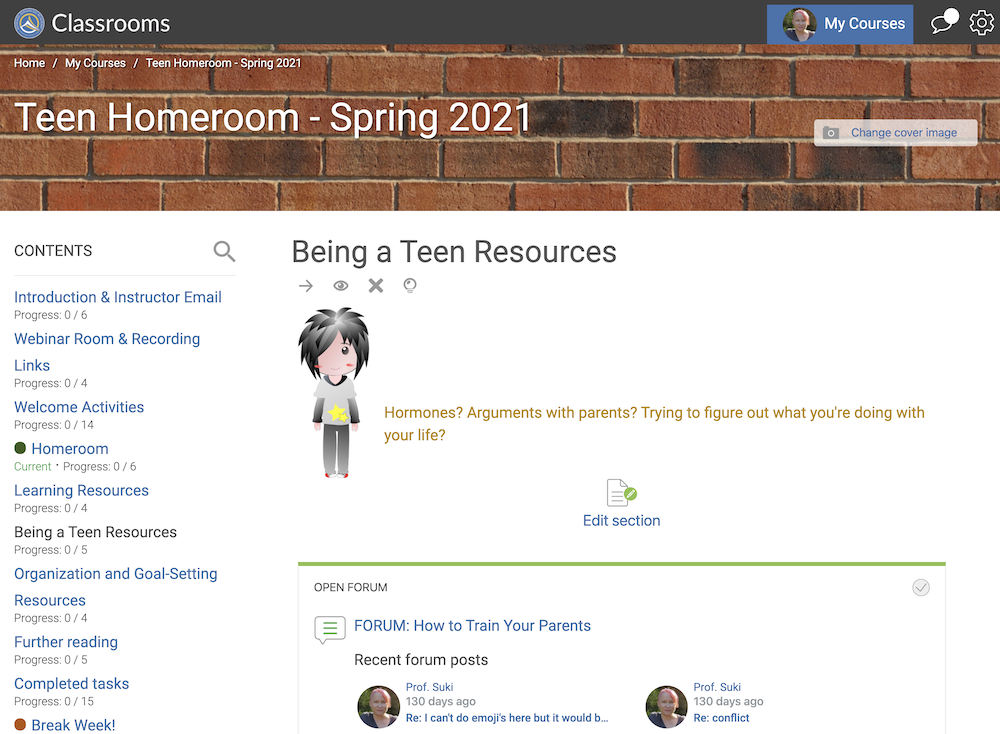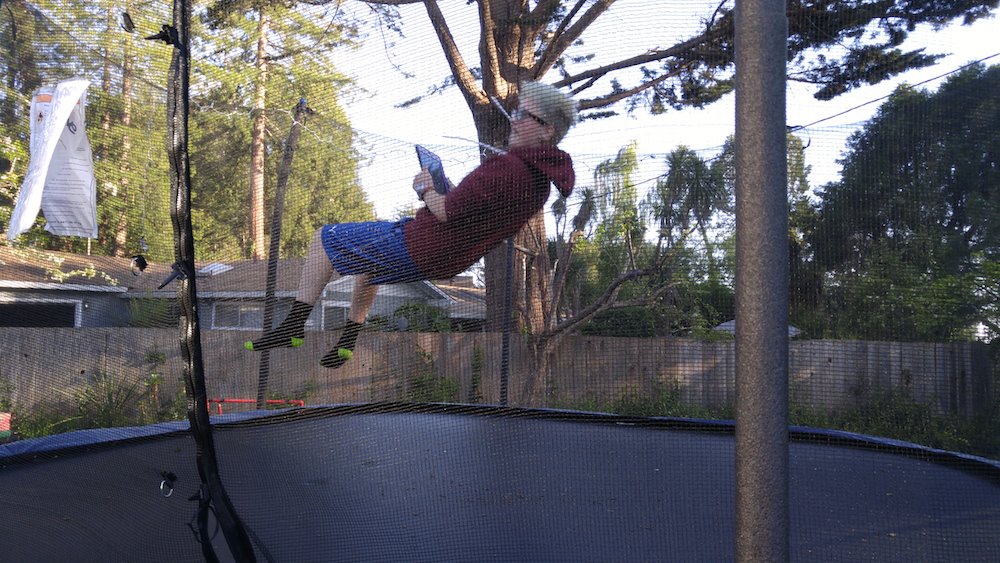The Miscalculations of Lightning Girl
by Stacy McAnulty
Random House, 2018
As a teacher of gifted learners, I am always interested in how they are portrayed in kids’ books. Generations of smart kids had to see themselves portrayed as clueless, clumsy, antisocial idiot savants. The Great Brain aside, it was definitely not cool to be smart.
And then there’s what mainstream writers do to homeschoolers. They’re weirdo Christian separatists who have never learned how to behave in polite society. At least sometimes they get to be vampires, too.

Stereotypes don’t come from nowhere—there’s almost always a kernel of truth. But it’s a writer’s job to go beyond the stereotype and find the real person.
Stacy McAnulty does just that in The Miscalculations of Lightning Girl.
This middle grade novel presents us with a familiar gifted homeschooler: Lucy is very weird. Struck by lightning when she was younger, she’s now a middle schooler who’s never been to school, whose OCD makes her stick out in any crowd, and who is immediately the target of Maddie, the alpha dog bully of her grade. Lucy is in school because her grandmother, who’s her guardian, believes she needs to be socialized. Yet another homeschooler/gifted kid stereotype.
But that’s where the stereotypes end, and the real child emerges.
First of all, Lucy does not buy her grandmother’s arguments for a minute. She knows that she’s not the problem—other kids and adults are the problem. Her grandmother (a wonderful character despite her stereotypical belief in the fallacy of socialization) has raised her well. She’s a self-possessed, thoughtful kid who makes the thoroughly believable choice not to let anyone know just how smart she is.
As she tells the girl who becomes her best friend, Windy, her OCD already makes it clear she’s weird. She doesn’t need any other baggage.
Charmingly, Lucy thinks her way through the problem and calculates how to get through this mandatory year of socialization. Just the fact that she’s able to do this disproves her grandmother’s opinion that she needs to be socialized—she gets what the other kids and the teachers need, and she sets about giving it to them.
She purposely becomes an A student, good enough to get into the college she wants to attend—but not a perfect A student. She calculates how to do just well enough not to gain too much attention.
She knows she’s not going to be acceptable to most of the other kids, so she doesn’t try. She presses on fulfilling her own needs for order (she has to sit and stand three times before sitting down in class) and cleanliness (the kids call her “the cleaning lady” because she wipes down every surface she comes into contact with using disposable wipes she carries in her backpack). But she’s thoughtful and kind to the other students, and soon at least two of them notice and accept her.
The miscalculation in the title does not refer to her attempt to deceive the others—she fits in well enough that the kids and teachers don’t guess just how smart she is until various circumstances lead to her unmasking. Her miscalculation is that she’ll be able to ride out this year without forming real friendships, experiencing real growth, and actually learning something (though not necessarily what her teachers think she’s learning).
I loved how realistic Lucy is, how all the characters (even the bully) are well-drawn and sympathetic, and how the book gets past almost all of the usual stereotypes and gifted homeschooler tropes.
I finished with only one question: Why does it take a strike of lightning to make Lucy smart? Why can’t she just be a generic smart kid, born that way? I know that the lightning offered a fun opportunity for characterization. But it’s a bit like writing a story about a white kid who wakes up Black and has to face racism. Why not just write about a Black kid?
Gifted kids are real. They come in all shapes and sizes. Some of them do have disabilities (called twice-exceptionalities in the gifted world). Some of them are socially awkward.
But they’re all people, and they deserve to be integrated into our schools—and our literature—as fully human and deserving of the same care and respect as everyone else. The fact that the author chose to make Lucy homeschooled gets at an ugly truth: Our society can be very, very nasty to kids who don’t fit in. Teachers largely don’t like being corrected. (Lucy actually keeps her mouth shut when her math teacher makes a mistake on a problem, for good reason.) Kids don’t like being bested, especially when it’s so easy for the gifted kid to do it. (Lucy is careful not to be the best at anything.)
But gifted kids are not an accident, not a strike of lightning. They’re just one side of the wonderful rainbow of human variability. Let’s just accept them and move on.
So yes, this is a great book for your gifted kid, but when they ask why they are the way they are, make sure they know that they are no accident. They are exactly the way they’re supposed to be.
Related:







